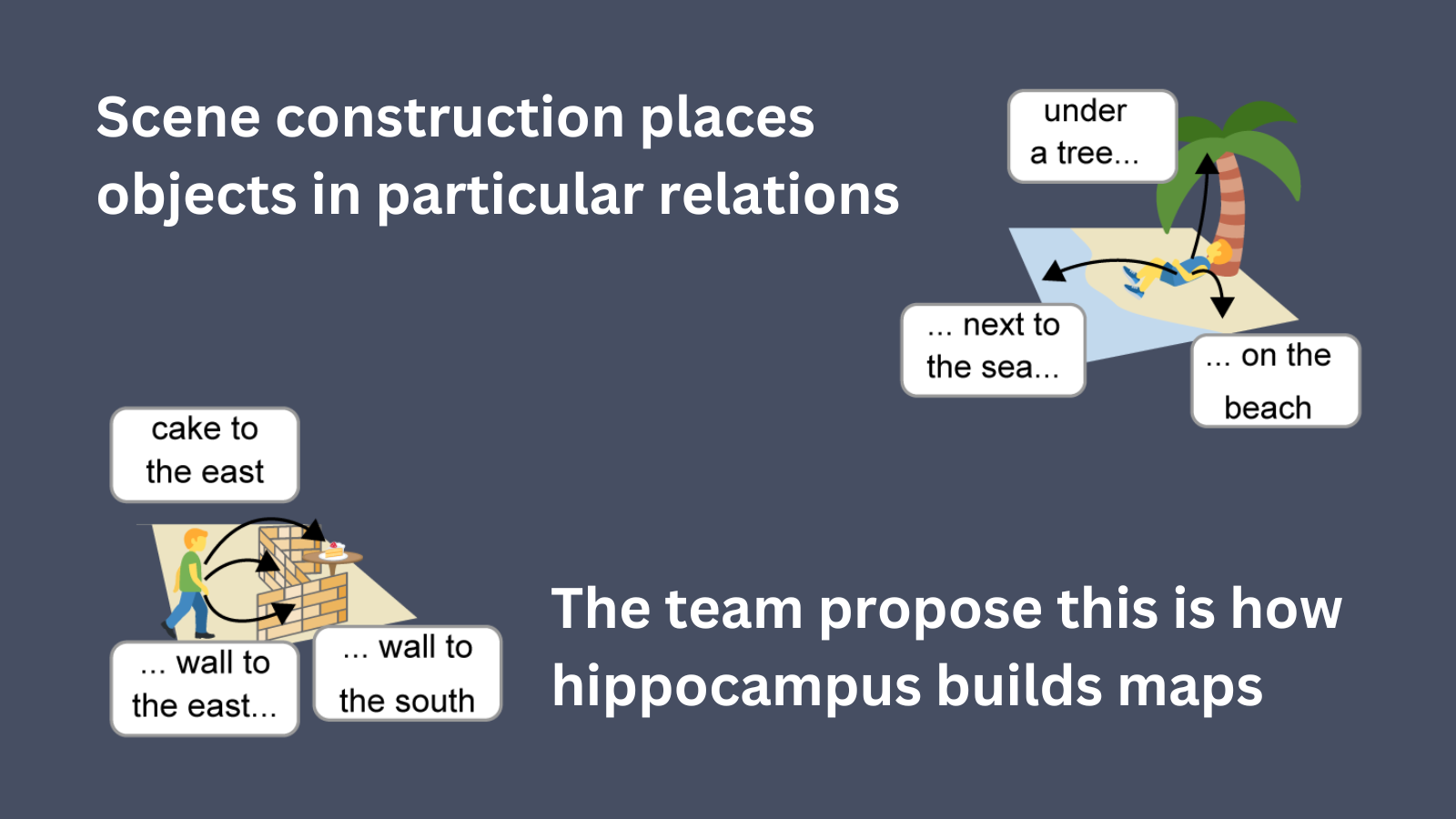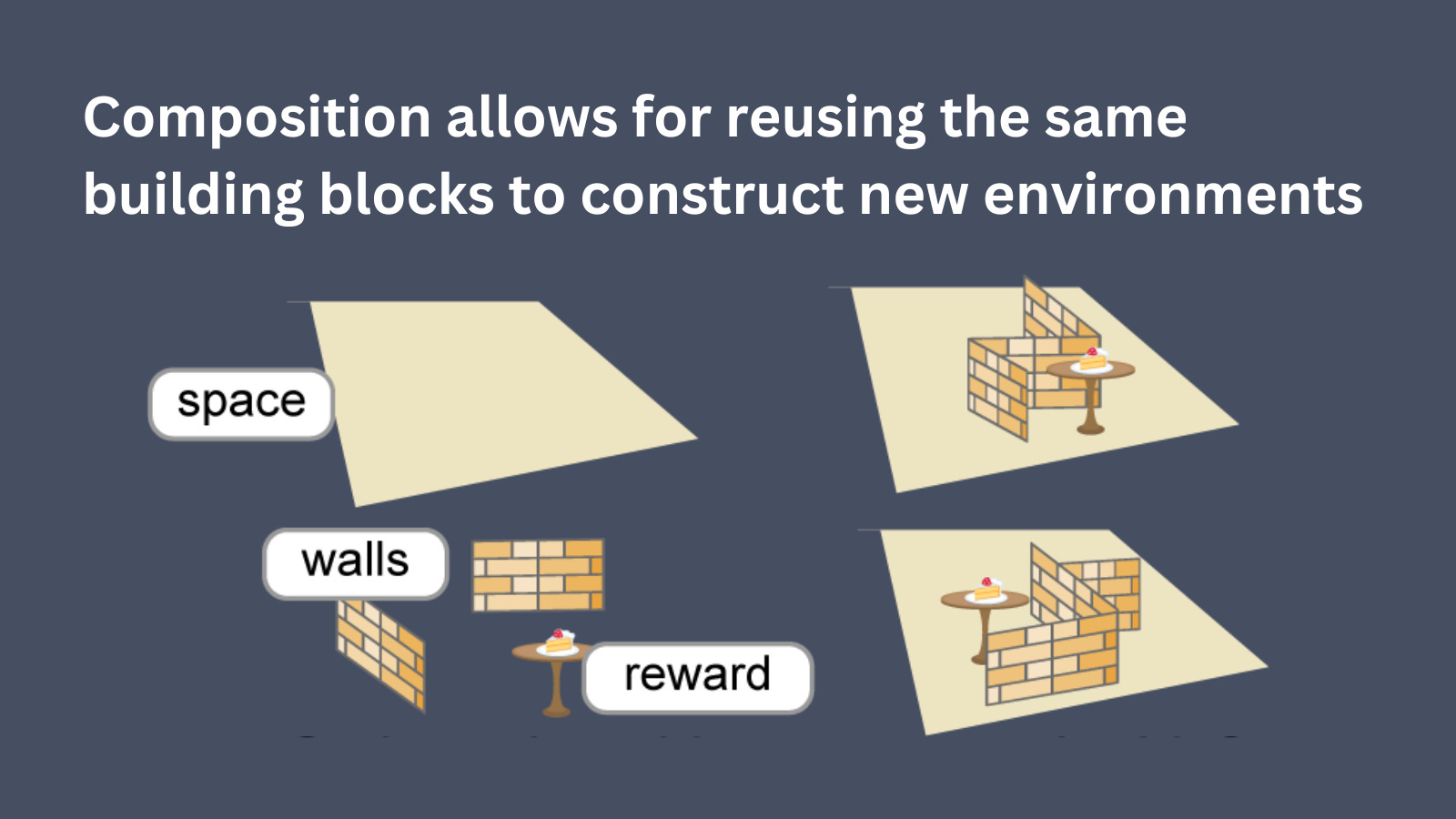
Imagining the future: exploring the role of hippocampal replay
By April Cashin-Garbutt
The hippocampus has long been known to play a vital role in memory. In the 1950s, Henry Molaison, famously known as patient HM, underwent surgery to remove the hippocampus on both sides of his brain in an attempt to control his severe epilepsy. While the surgery helped reduce patient HM’s seizures, it also resulted in anterograde amnesia, meaning he could no longer form new episodic memories, such as recalling what he had for breakfast.
More recent patient studies have also shown that damage to the hippocampus hinders the ability to imagine new experiences. For example, if I asked you to describe being in a museum, you would likely visualise an imaginary scene from familiar elements such as corridors, groups of people and so forth. However, individuals with hippocampal damage may struggle to do so, which is referred to as a deficit in scene construction.
While human studies highlight the importance of the hippocampus in memory and scene construction, studies in rodents have also revealed its role in spatial representation. For instance, place cells fire whenever an animal is in a particular position, and work together with other cells in the hippocampus to form a comprehensive positioning system – an “inner GPS” in the brain.
“These two disparate knowledge bodies about the hippocampus are beginning to be unified through state space models, but these models don’t explain how animals are able to learn very quickly. We wanted to figure out how the brain enables humans and other animals to act in situations they’ve never encountered before by relying on their previous experience,” explained Dr Jacob Bakermans, former postdoctoral researcher in the Behrens lab at the University of Oxford and Sainsbury Wellcome Centre (SWC), and first author on a new paper in Nature Neuroscience.
State space models: advances and challenges
Recent models have proposed that the hippocampus is learning to link different experiences, or states, to each other. Just as the hippocampus can link spatial states, such as moving from one location to the next along a familiar route, it can also link non-spatial states. For example, when making a cup of tea, putting on the kettle leads to a cup filled with boiling water and so on. State space models describe how one state (like a boiling kettle) transitions to another (like a cup of tea) by taking an action (pouring the water).
“While state space models have been great at connecting these two different areas—memory and space—they often require experiencing many transitions between states to learn how to achieve goals, which takes a long time. For example, if I had to learn how to navigate every room I entered by walking around each room, that would be a very slow way to build a map,” explained Dr Bakermans.
Researchers from SWC, University of Oxford and Stanford University, set out to understand how humans and animals can learn very quickly to respond appropriately in new situations and environments by relying on previous experience. They hypothesised that building maps, instead of experiencing them state by state, could be the answer.

Building a computer model and reanalysing data
To test their theory, the team developed a computer model that simulated a mouse learning an environment with very little experience. They compared the mouse using their algorithm with a mouse using a state space algorithm and found that, in many situations, their simulated mouse learned much faster. Their algorithm allowed the simulated mouse to learn how to reach goals immediately in a new environment without needing to explore the entire environment first.
The researchers also reanalysed existing datasets of actual hippocampal neurons recorded in rats performing a particular task where they had to remember the location of a hidden reward. The team found that the neural activity closely matched the predictions of their simulated model.
“One of the core predictions of our model is that a process called replay in the hippocampus, which is akin to imagination, can be used to build new maps, instead of having to learn them through repeated experience. We predicted that place cells in the hippocampus would never respond before a replay, but would fire during a replay event (an imagined trajectory), and from then on, they would consistently respond in that location. Essentially, we found that a new place cell response emerges after a replay event,” explained Dr Bakermans.
Reusing landmark representations
In this new model, the team propose that place cells encode memories of imagined combinations of features, or landmarks. Thus, instead of learning through lots of experiences, the brain can build maps of our environment or state spaces through imagination during replay. Replay constructs these maps immediately, without requiring experience of all the different transitions in the state space.
For example, in one room a place cell might fire in a particular corner next to a table and door. In this case, the table and door are landmarks and replay combines them. If you then enter a different room where the table and door are in different places, you can reuse the same landmark representations but combine them differently. This means if you know where a cell used to fire with respect to the previous landmarks, you can now predict where it would fire in this new room, where the landmarks have shifted.
In essence, the team argues that during replay, place cells in the hippocampus combine features or landmarks together, like building blocks, to reflect the current environment.

Implications and next steps
“This model allows us to predict what happens when you experience a new situation for the first time. This has implications for how we think about the hippocampus and replay. There have been many theories proposed regarding the functions of replay, such as planning and credit assignment. Our new interpretation, that replay is combining landmarks into new imagined experiences, fits well with these existing ideas,” commented Dr Bakermans.
If correct, this would be a fascinating example of how the brain uses compositionality – the principle that from a few elements you can make many complicated new combinations. This is a very efficient way of learning, because in a new situation you don’t have to completely relearn, you can simply take the same things you already know about and combine them in different ways.
Cognitive scientists and linguists have long recognised the importance of compositionality. For example, language is compositional allowing us to make an infinite number of sentences by recombining words. It is not clear yet how the brain achieves this with neurons, and so this could be an exciting example of how the brain might apply compositional principles.
This new theory could also provide as a valuable framework for thinking about how the brain functions differently in individuals with schizophrenia. A recent paper proposed that schizophrenia may involve weaker links between different memories or experiences, potentially explaining why the brain more easily associates unrelated things, which may cause some delusions.
Looking ahead, Dr Bakermans plans to collaborate with the Branco Lab at SWC which focuses on the computation of instinctive behaviours such as escape. The goal is to study how animals construct a map of their environment, enabling them to escape immediately when needed. This research will test the predictions made by the hippocampal replay model.
Find out more
- Read the full paper in Nature Neuroscience, Constructing future behavior in the hippocampal formation through composition and replay DOI: 10.1038/s41593-025-01908-3
- Learn more about research in the Behrens Lab
Banner image: An example hippocampal neuron that obtains a new place response after first firing in replay.


